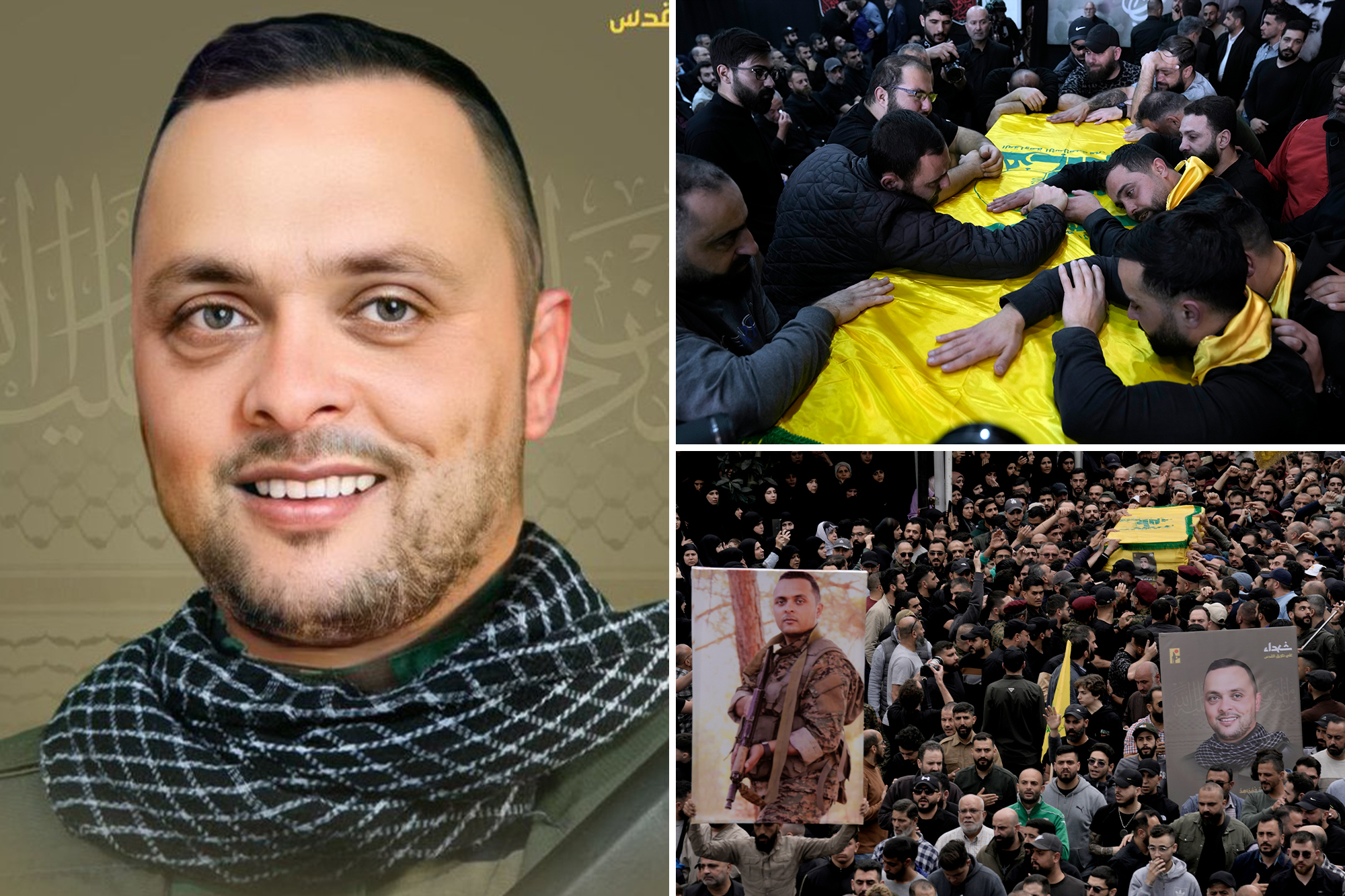
A top Hezbollah leader responsible for helping to direct terror spies trying to infiltrate Israel and attacks on its north was killed in an airstrike Sunday night, according to the Israel Defense Forces.
Israeli fighter jets struck a property in southern Lebanon, killing Ali Ahmed Hassin, a commander of the terror group’s Radwan forces, the IDF announced Monday morning.
Hassin held a rank equivalent to that of a brigade commander and was “responsible for planning and carrying out terrorist attacks against Israeli civilians in northern Israel,” the IDF said.
Israeli officials believe the Radwan forces also are tasked with infiltrating the Jewish nation.
Hezbollah officials said Hassin was killed “on the road to Jerusalem” — a term the terror group uses to describe operatives killed in Israeli strikes, but they would not confirm what position he held, according to the Times of Israel.
Two other Hezbollah operatives under his command were also said to be killed in the strike on the southern Lebanon town of as-Sultaniyyah.
Hassin’s death marks at least the fifth time Israeli officials have killed a Hezbollah leader with a rank equivalent to a brigade commander since hostilities began between Israel and Lebanon after Hamas’ terror attack on the Jewish nation Oct. 7, the Israeli Times said.
In total, more than 30 Hezbollah commanders have been killed over the past six months, and Israeli airstrikes have taken out a total of 270 Hezbollah fighters.
Hezbollah’s rocket fire has killed about a dozen Israeli soldiers and half as many civilians.
The continuous fighting on both sides of the border has displaced tens of thousands of civilians in both Lebanon and Israel.
After the news of Hassin’s death, UN Special Coordinator for Lebanon Joanna Swronecka and the commander of the UN peacekeeping mission in Lebanon, Aroldo Lazoro, said the fighting between Israel and Lebanon must stop.
The pair said the “unrelenting cycle of strikes and counterstrikes” marks the “most serious violation” of a peace treaty between the two countries since it was adopted in 2006.
With Post wires














